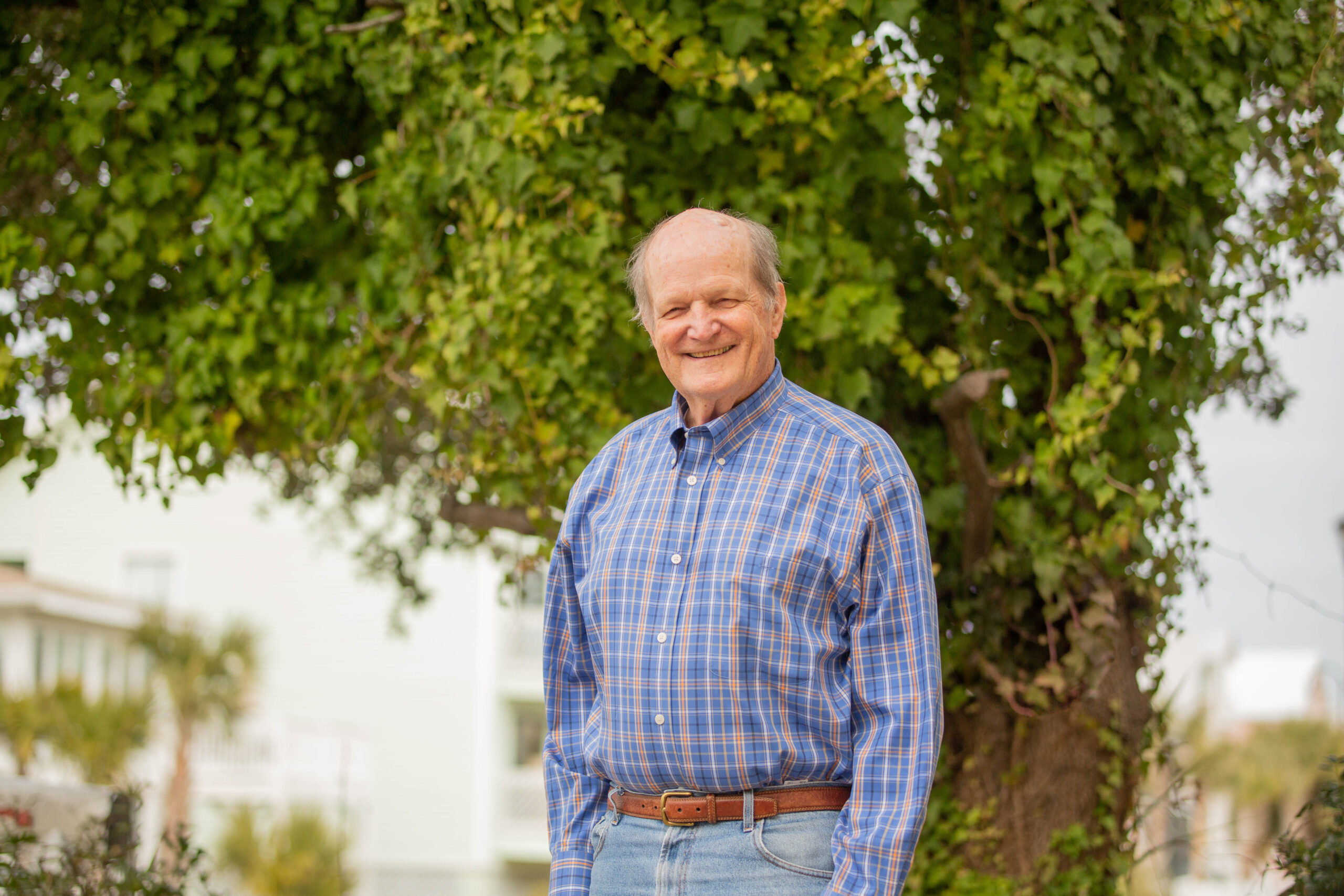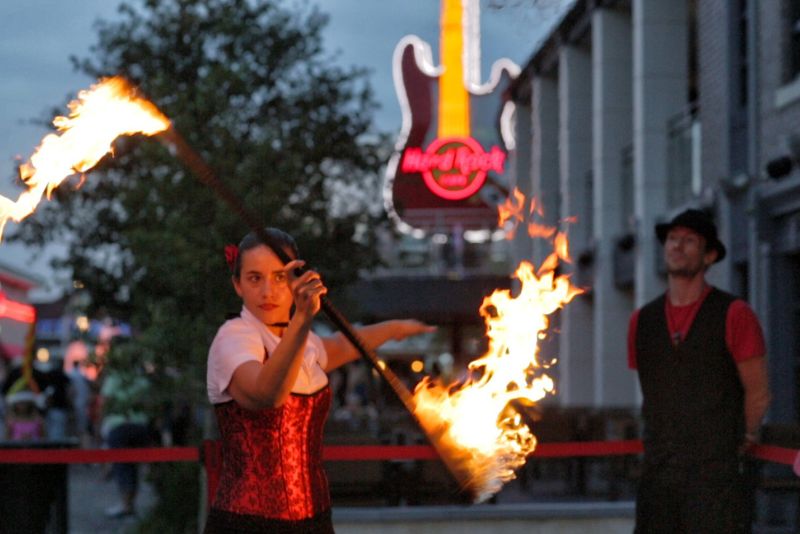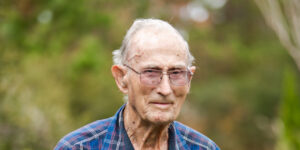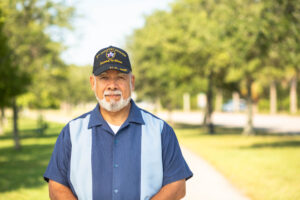Howard Barnard, Retired Air Force Colonel and Former Squadron Commander at the MBAF Base, remembers Myrtle Beach as the best place he was ever stationed. Today, he calls it home. (Photo Meganpixels Parker)
Retired Air Force Colonel and Former Squadron Commander at MBAF Base:
Howard Barnard
Celebrate Our Veteran gives voice to the stories of the U.S. military veterans living amongst us. The actions of these brave and dedicated people, who have served our country both in active military duty as well as administrative positions, have and continue to contribute to the protection and preservation of us and our country.
We hope that this section of our paper is an opportunity for our community to hear and see veterans with new eyes, and for veterans to receive recognition and honor for their experiences and life journeys.
This month’s Celebrate Our Veteran recounts the story of Howard Barnard as told in his own words. This is the conclusion of a two part series continued from last month. Click here to read Part 1.
by Melissa LaScaleia
“Fighter squadron commander is the best job in the whole world. I got to lead thirty-three young fighter pilots— to fly with them every day; and lead several hundred maintenance guys that supported the airplanes. We had twenty-four A-10s that were assigned to the squadron. And I worked for commanders who thought squadron commanders ought to fly more than anybody else in the squadron. Which I did. It was a fabulous job.
Then I was selected for senior service school. I left Myrtle Beach and went to Maxwell Air Force Base, Alabama. After a year, I was re-qualified in the A-10, and I went to Davis-Monthan Air Force Base, Arizona for five years. I was the director of operations for two years; the vice-wing commander for one year; and the wing commander of the 602nd Air Control Wing flying the OA-10 aircraft.
It was the greatest job there is for a colonel to be a wing commander. But you literally are like a 800lb gorilla. It was my job to be a cheerleader for the several thousand people who worked for me, and the more than 10,000 national guardsmen who reported to my unit. We had over 750 vehicles amongst all the locations that I oversaw.
One of the funniest stories that I remember from those days involved one of my units at Luke Air Force Base, near Phoenix. I went to visit the unit one day; and they had a lot of mobile power-generating equipment. A first lieutenant female Air Force Academy graduate was giving me a tour, showing me generators of one particular variety.
And I said to her, “Do you know how to crank these?” She said yes, but the long and short of it was, she couldn’t get them to crank. And the nine other commissioned officers couldn’t get them to crank either. We probably had over 100 generators total at all my other locations. And I knew that that very day, those generators were being tested at every other location I supervised.
A few months later, I returned to the same base, to the same tour-guide, and to the same location of generators. And as we’re walking through, she asked, “Don’t you want to crank the generators?”
I told her: “That’s not necessary. Because if I put my hands on them, I’m sure they’re going to be warm, because you were going to make sure they work.”
And she laughed really hard— because it was true.
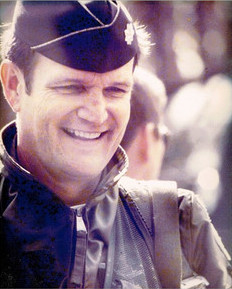
But it wasn’t all good times.
At the end of my command in Arizona, we deployed to Desert Storm. About ten days or so into the war, a pilot who was an operations officer in the unit was shot down and captured by the Iraqis. And on the last day of the war, a young Air Force Academy first lieutenant who was supporting the armored cavalry regiment out of El Paso, Texas, was flying under a very low cloud cover, shooting at the enemy. His airplane was severely damaged by enemy ground fire, and his airplane crashed on landing, and he was killed.
After Davis-Monthan, I went to Carlisle Barracks in Pennsylvania to the Army War College, where I was the senior Air Force representative. Every year, I got about thirty Air Force lieutenant colonels and colonels who were students— and it was my job to look after them. I did that for three years. I retired in 1995 after a 28-year career in the military, and returned to Myrtle Beach.
Myrtle Beach was the best place I had ever been stationed. When I first came here in the 80s, we lived on the base. We had sold our house in Virginia already, and the tax law was such, that if you didn’t reinvest the money in another home, you would have to pay capital gains taxes on it.
One day, my wife brought me to Surfside Beach and told me, ‘You owe me for my putting up with you all these years. I want you to buy me this old beach house.’ And I said to her, ‘I love you. I will buy you this house. We will never get our money’s worth out of this house. But I will buy you this house.’
We really should have bought ten. It was clearly a great investment.
The military gifted me several things. I had a fabulous career. But it also prepared me for my life after the military too. Once I returned to Surfside permanently, I went to work at the First Presbyterian Church in Myrtle Beach, running their mission programs for fifteen years. I also served on county council for a couple of terms. Recently, I was elected to the school board.
Without my Air Force experience and the education they provided me, I wouldn’t have been able to navigate those civilian positions. It was a great way of life, and it also prepared me for a second life.”


